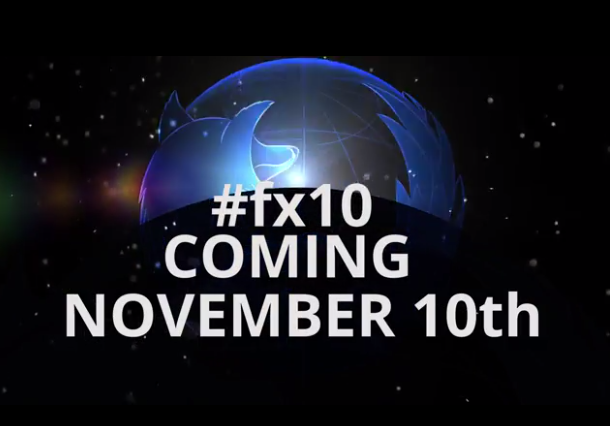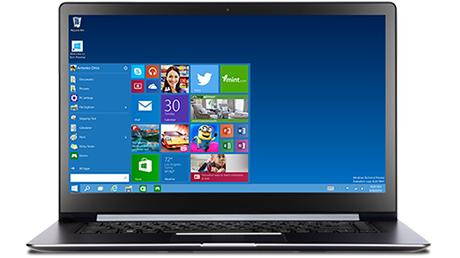Apparently, Windows 8 is failing the Vista test. Let’s recap:
Vista was a rugged improvement over XP, but a lot of manufacturers did not have drivers ready when it launched, so this created the illusion of a troubled start. And while Vista had a lot of significant under-the-hood improvements, customers didn’t see anything in the front end to justify the upgrade.
Windows 7 was built on the Vista kernel. It addressed most of Vista’s issues, and it offered useful and compelling improvements to the user interface. Users fell in love with it, and the public perception hardened that Vista had been a flop.
Now, here comes Windows 8. It’s a rugged operating system, and it’s supposed to provide consistency across a wide variety of platforms. It is intended to generate some serious competition to the iPad’s dominance of the tablet market.
But there’s little in it for those who use keyboards and mice. Those users are still a majority of the PC market, and they see the lack of integration between the tile interface and the desktop as a stumbling block. So the widening perception of Windows 8 is that it’s another Vista.
Call it the “Star Trek” phenomenon. According to the fans, only the even-numbered “Star Trek” movies are any good. The odd-numbered ones are dreadful. Microsoft does it the other way around. The even-numbered releases of Windows are frustrating; the odd-numbered releases are worth the upgrade.
Redmond-watchers say that Windows 8 is a (necessary) stepping stone toward the next iteration. Windows 9 will be the operating system that finally pulls it all together. The user community is giving Windows 8 mixed reviews. Some like it, some don’t. Some say they’ll wait for Windows 9. Others are even more taciturn, saying they see no need to upgrade at all from an operating system that works just fine to one that will certainly require an uncomfortable change in their work habits.
In the meantime, there’s a niche opportunity here. Companies like Stardock are producing products like Start8 to address some of Windows 8’s shortcomings. (Start8 restores the Start button to the desktop, and also provides some customization options.) That Microsoft hasn’t fully addressed the usability issues of the tile interface creates a lot of opportunities for talented programmers to create add-ons and fix-ups.
Here’s another example: Windows Explorer has a powerful details view. If you right-click on any of the column titles, you’ll see a list of other columns you can add; if you click on “more,” you’ll see an even longer list of possible column elements, more different ways of viewing data about files and folders than most users will ever need. But despite that plethora of data, Explorer has never provided columns for “Folder Size,” “Folder Children” or “File Children.”
There is a terrific freeware add-on for XP called Folder Size that provides this functionality, but only for XP. Microsoft changed the API with Vista, and there is no current utility to do the same thing in any subsequent iteration of Windows. But those three categories are extremely useful for sorting folders and discovering where bloat is hiding. I used them a lot, and I miss having them now.
In fact, in the entire history of Windows, Microsoft has never provided any easy access to this information in Explorer or any other utility. You have to go to a third-party utility like TreeSize or WinDirStat for that information, which means running another program in addition to Explorer and referring back and forth.
I might be wrong on this, but I think if there were a way to integrate that information back into Explorer’s details view, a lot of users would grab it. I’d pay a few bucks for that utility. Multiply that few bucks by a few thousand users and it’s fair piece of change, definitely worth the effort for a determined programmer.
That’s only one piece of usefulness that’s missing from Windows. Gather some knowledgeable users together for brainstorming, and you could quickly compile a long list of other tweaks and fixes and utilities that would make Windows easier to use and navigate.
In Windows 8, the desktop is subsidiary to the tile interface. Does that mean Microsoft intends to dumb down the OS? Do they want users to stop thinking about organizing their own files and folders, and let the operating system handle all the details of where and what and how? I don’t like that idea at all. I don’t trust it. I like being able to store all related files in a single folder and then copy that folder to a backup, knowing that everything in it will be saved as a unit. I’m old-fashioned. I’ve used enough different operating systems not to trust any of them. And yes, I do wear a belt and suspenders, why do you even bother asking? There’s another niche opportunity: a tile-app that provides all the functions of Windows Explorer.
The point here is that as we stumble, fumble and bumble our way toward a “more perfect” operating system, there are going to be a lot of opportunities. Many of the things we take for granted today—like shortcuts, for instance—started out as third-party add-ons (like Norton Commander for Windows 3.11) that proved so useful that Microsoft eventually incorporated their own implementation into the OS.
And yes, many of these opportunities will exist only in the short-term; Windows will always be a moving target, but if you’re in the right place at the right time, it could be worth the effort. Ask yourself: What’s missing in Windows that I most want to see? How can I implement it? Is it cost-effective for me to make the effort?
If you can identify a place at the center of that Venn diagram, that might be a lucrative opportunity.
What do you want to fix in Windows?
David Gerrold is the author of over 50 books, several hundred articles and columns, and over a dozen television episodes, including the famous “Star Trek” episode, “The Trouble with Tribbles.” He is also an authority on computer software and programming, and takes a broad view of the evolution of advanced technologies. Readers may remember Gerrold from the Computer Language Magazine forum on CompuServe, where he was a frequent and prolific contributor in the 1990s.




